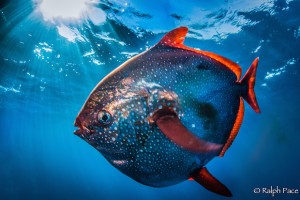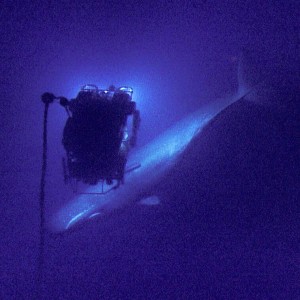
The interwebs have been going crazy the past few days with the recent announcement that scientists have for the first time detected gravitational waves, the ripples in the fabric of space-time that Einstein predicted a century ago. In terms of scientific advancement, to quote Joe Biden, “This is a big fucking deal!” Bigger than the discovery of the subatomic Higgs boson particle (i.e., the god particle), and it has been suggested this discovery is comparable only to “Galileo taking up the telescope and looking at the planets.” – Penn State physics theorist Abhay Ashtekar

Read More “Fun Science FRIEDay – The Universe Sings a Song, and Humans Can Finally Listen” »




